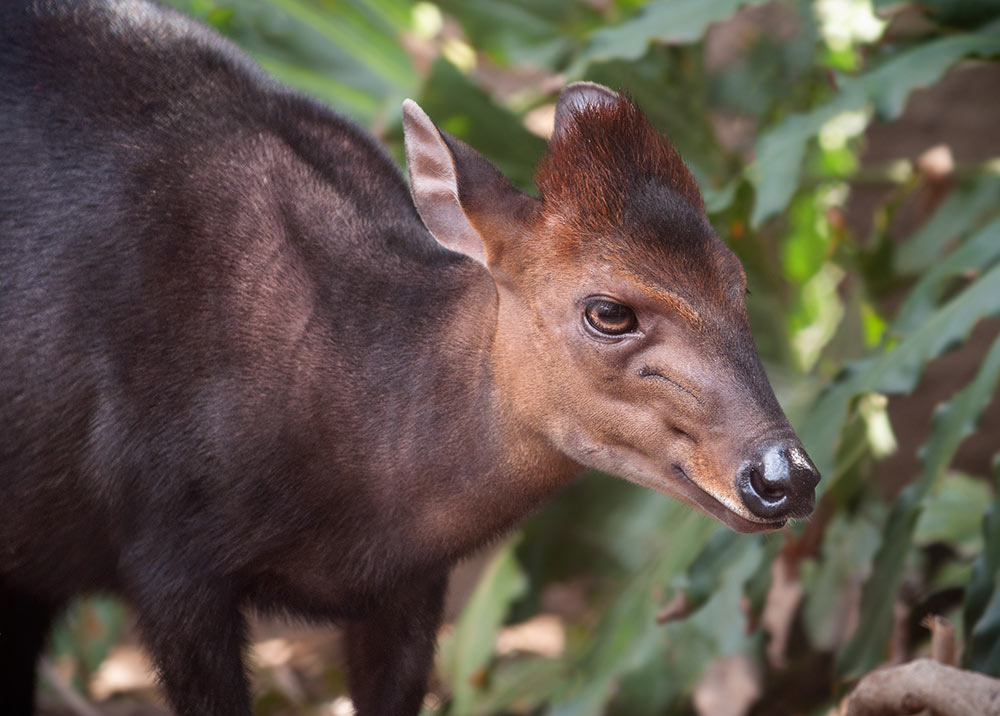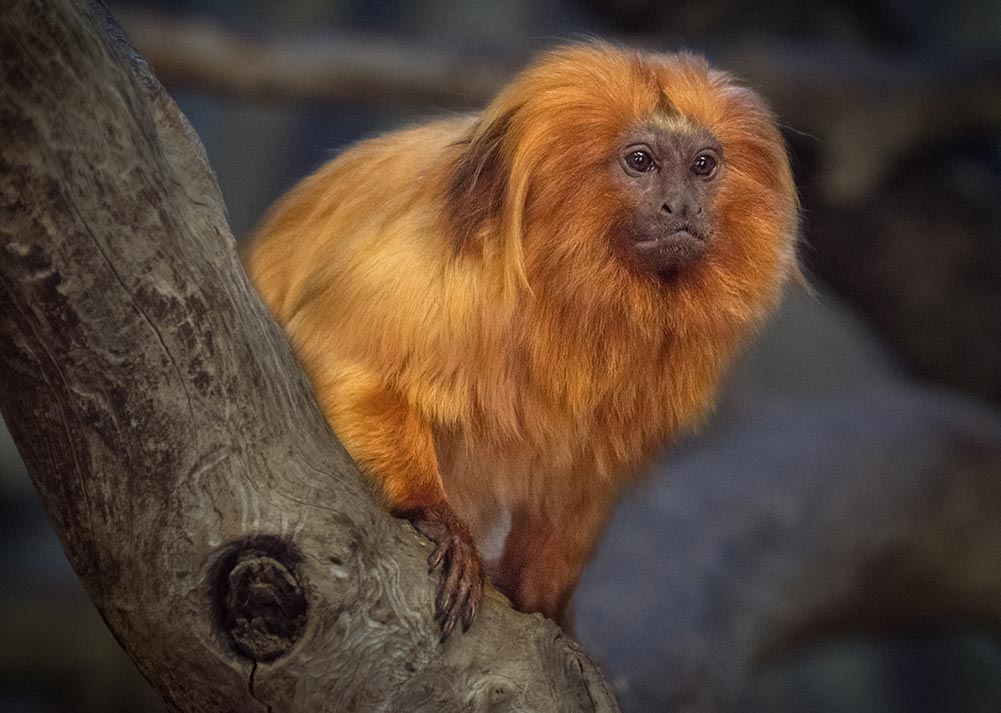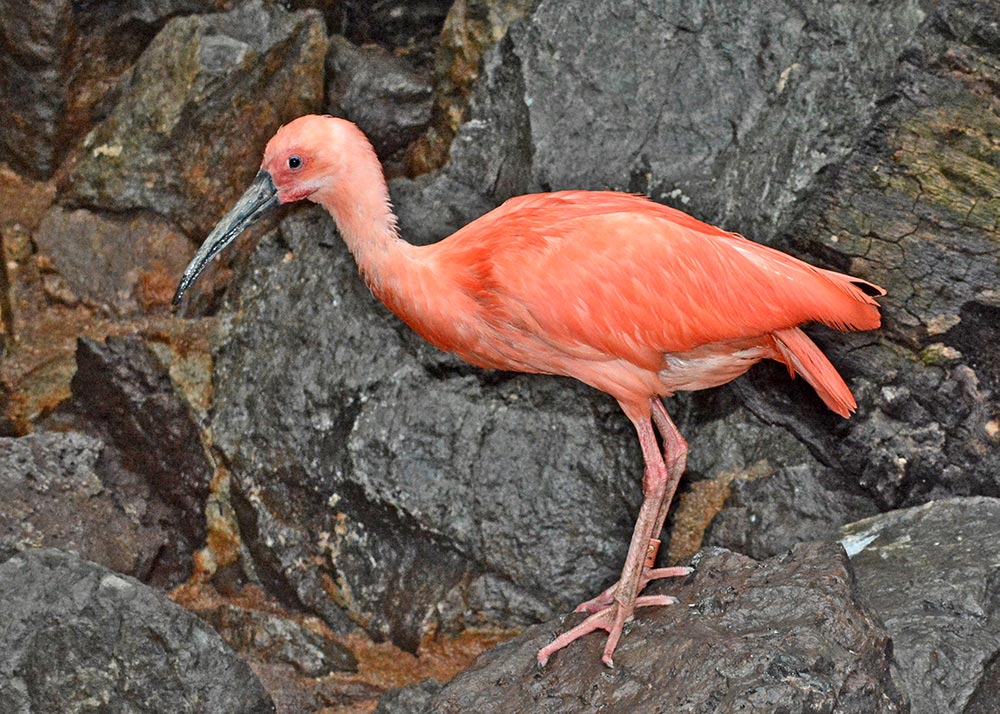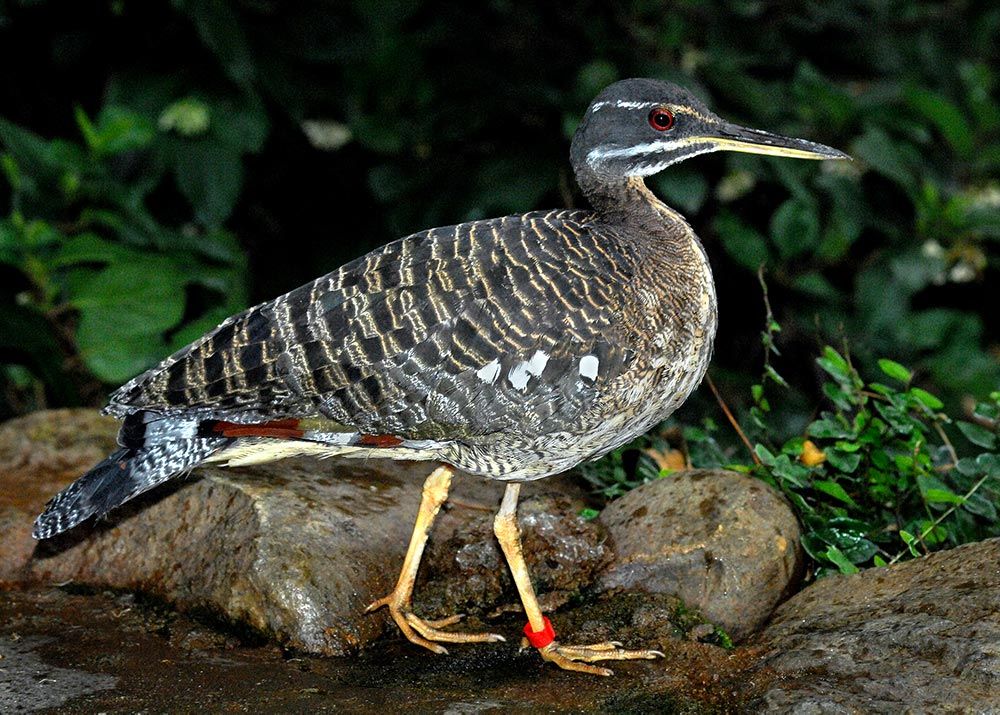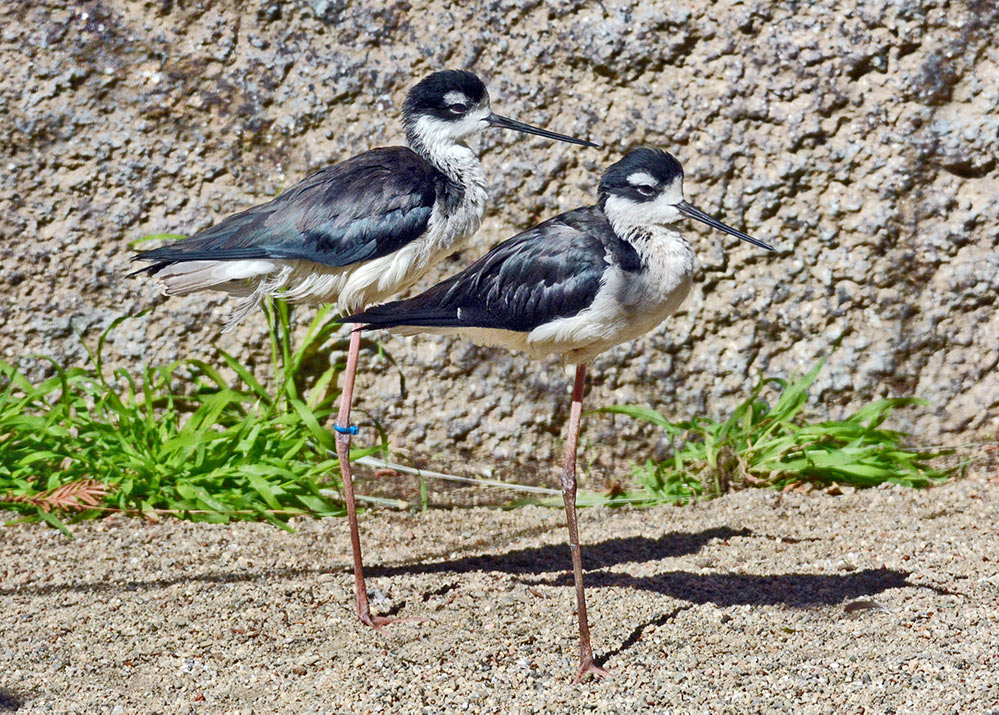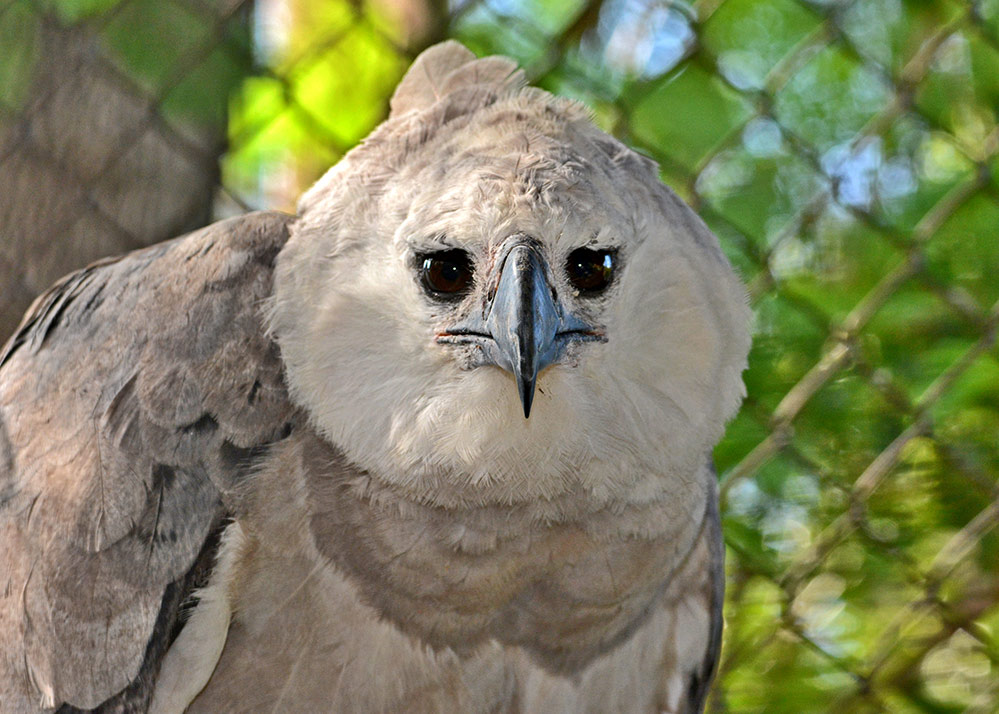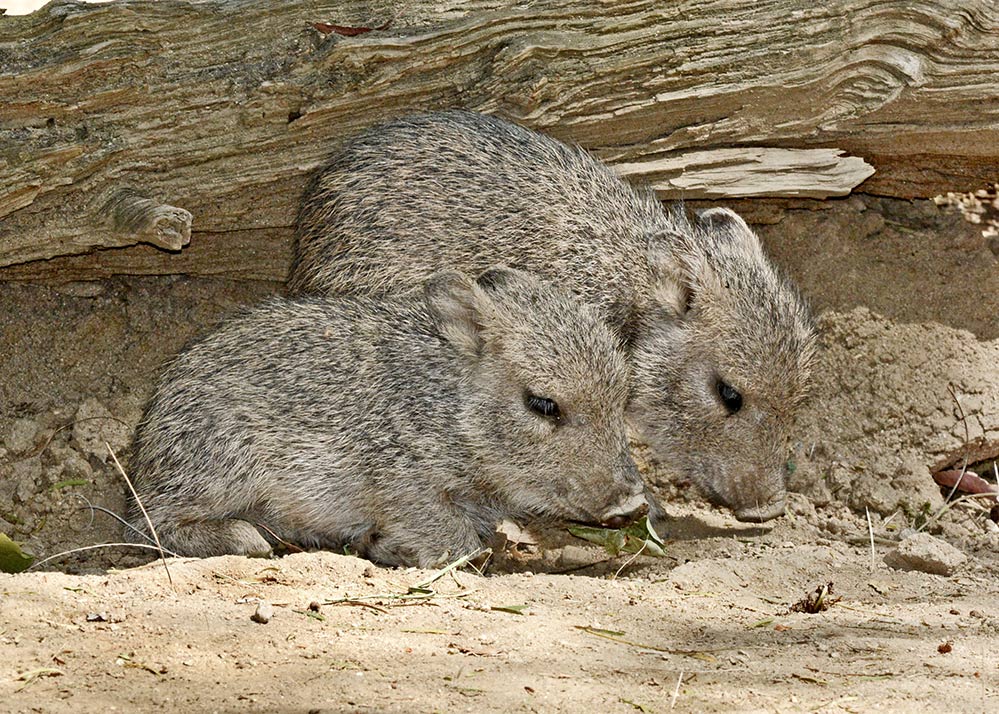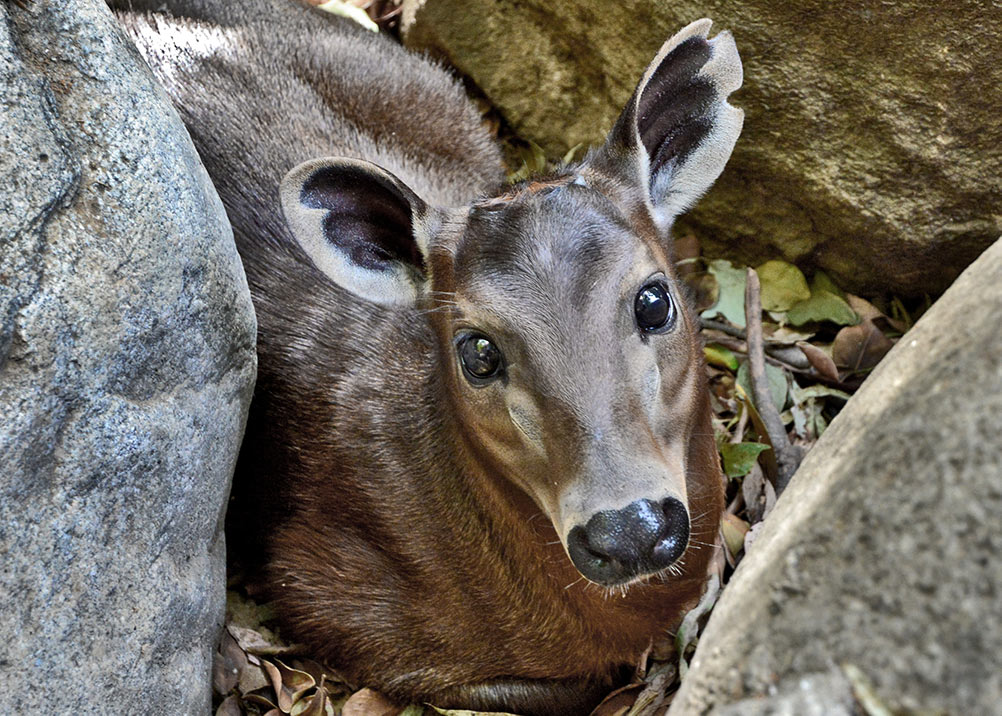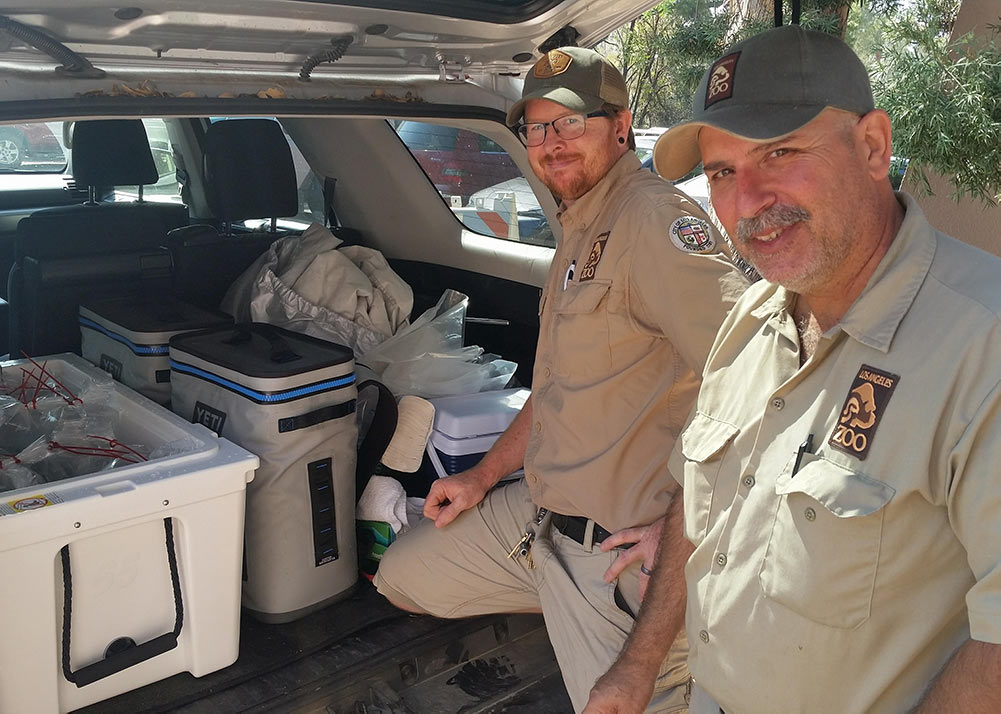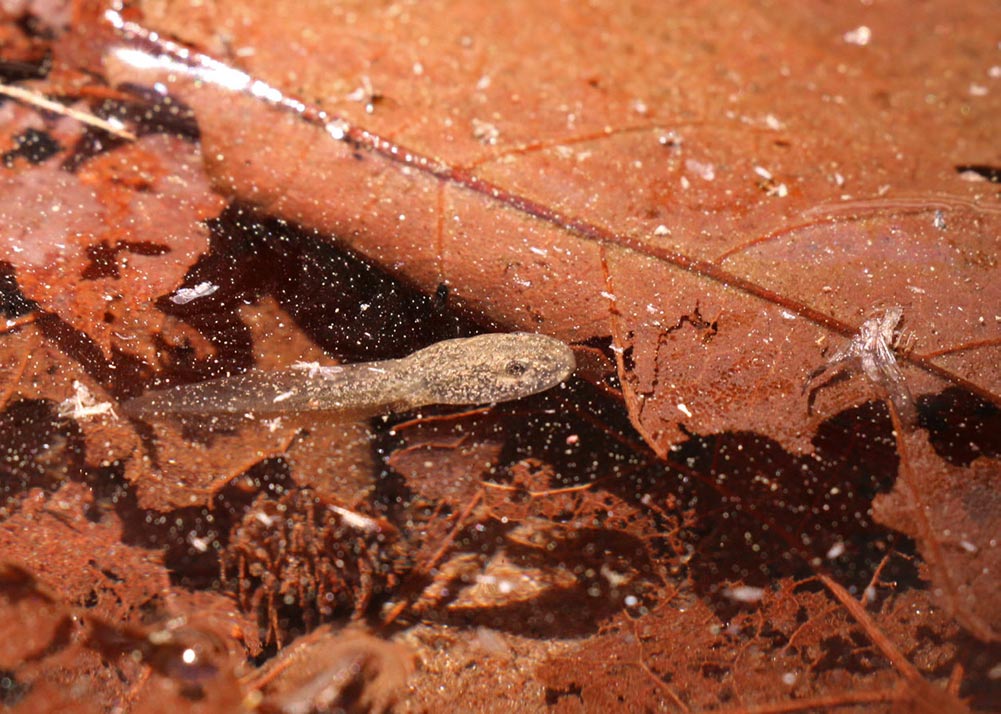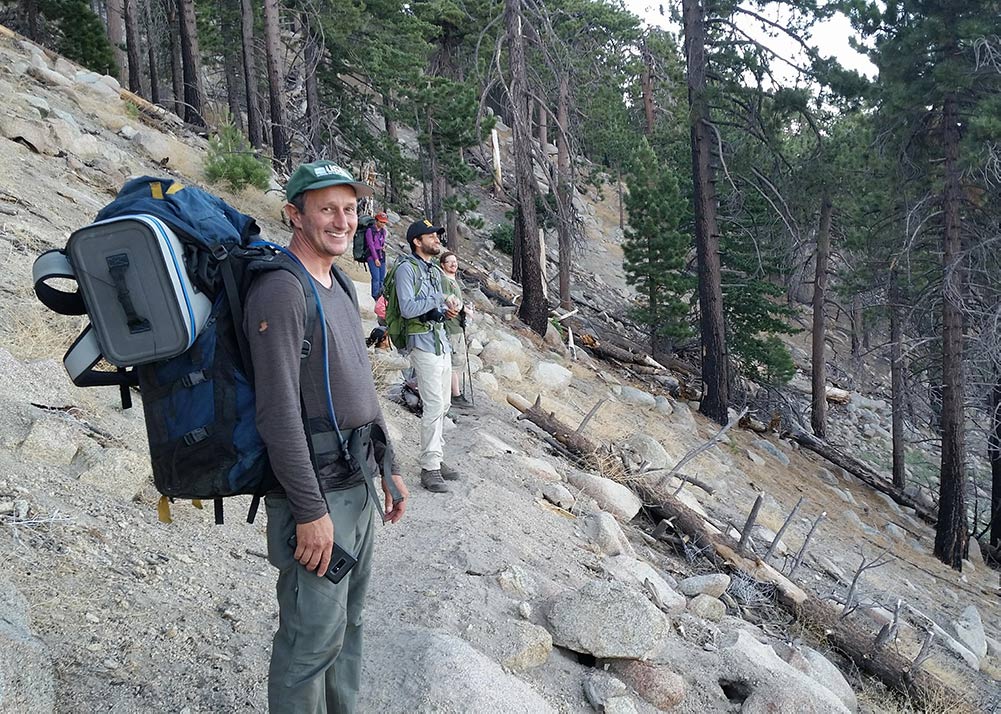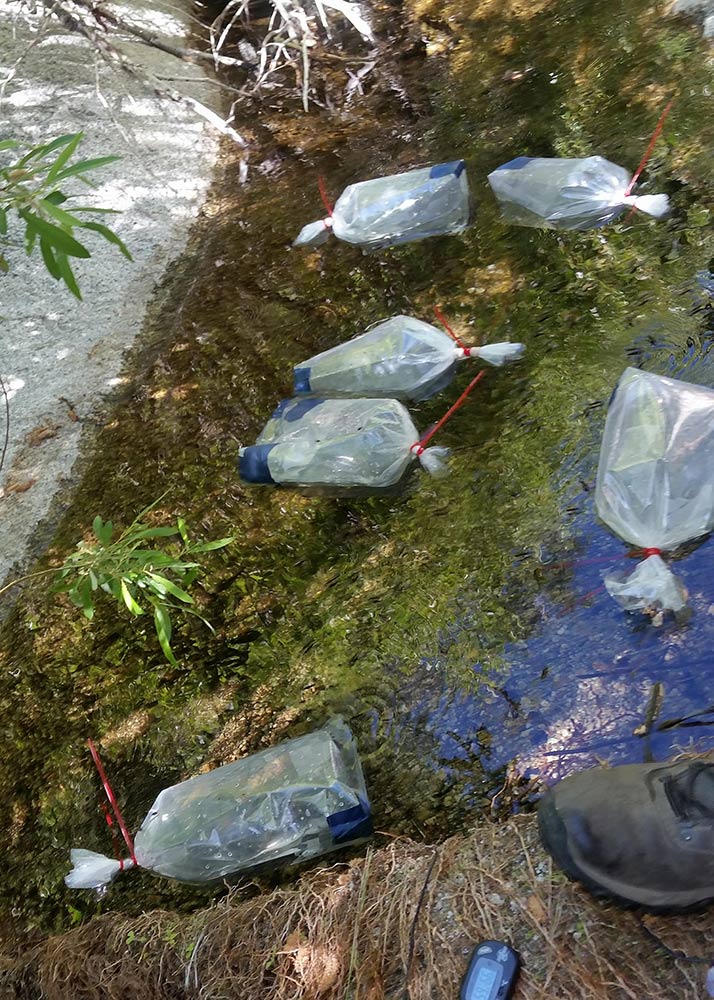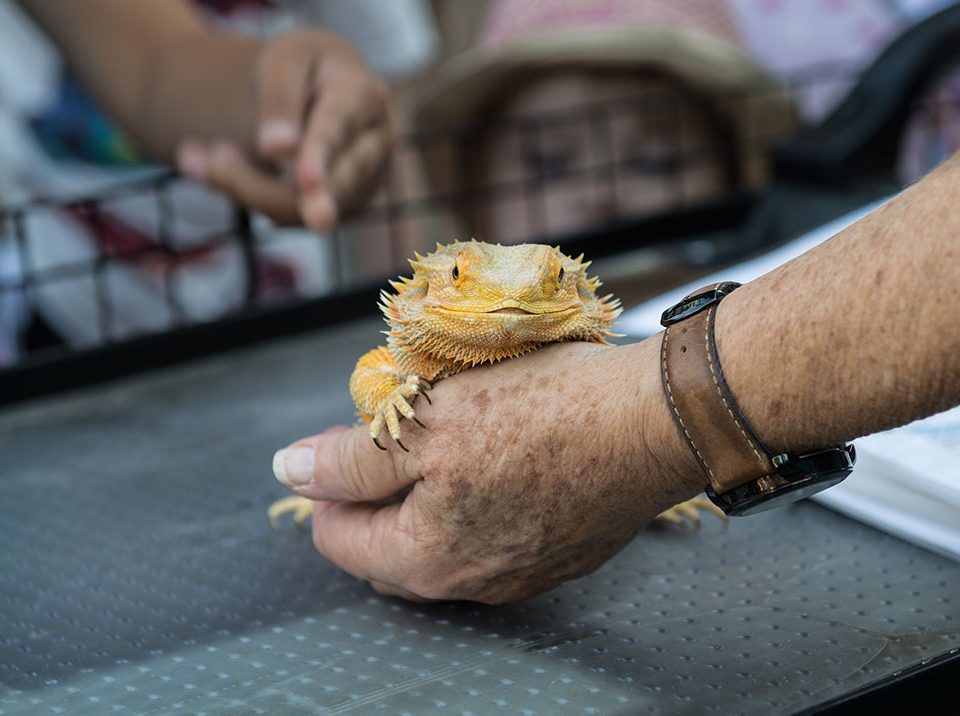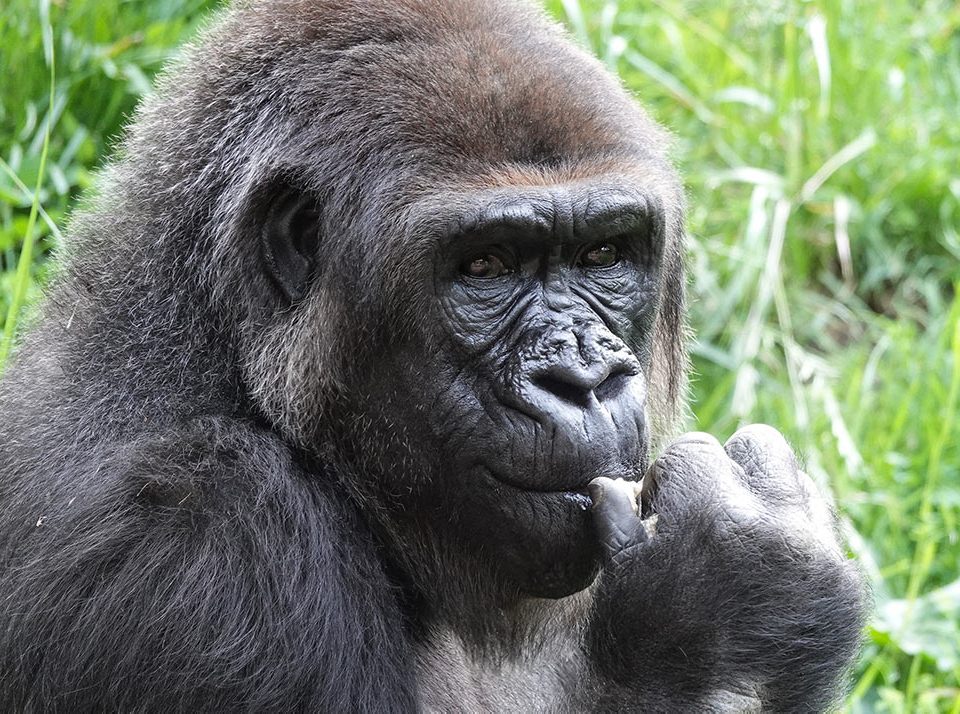New in the Zoo: Harpies, Horned Lizards, Foxes, and Frogs!

Campo Gorilla Reserve Welcomes Spunky New Resident
August 2, 2018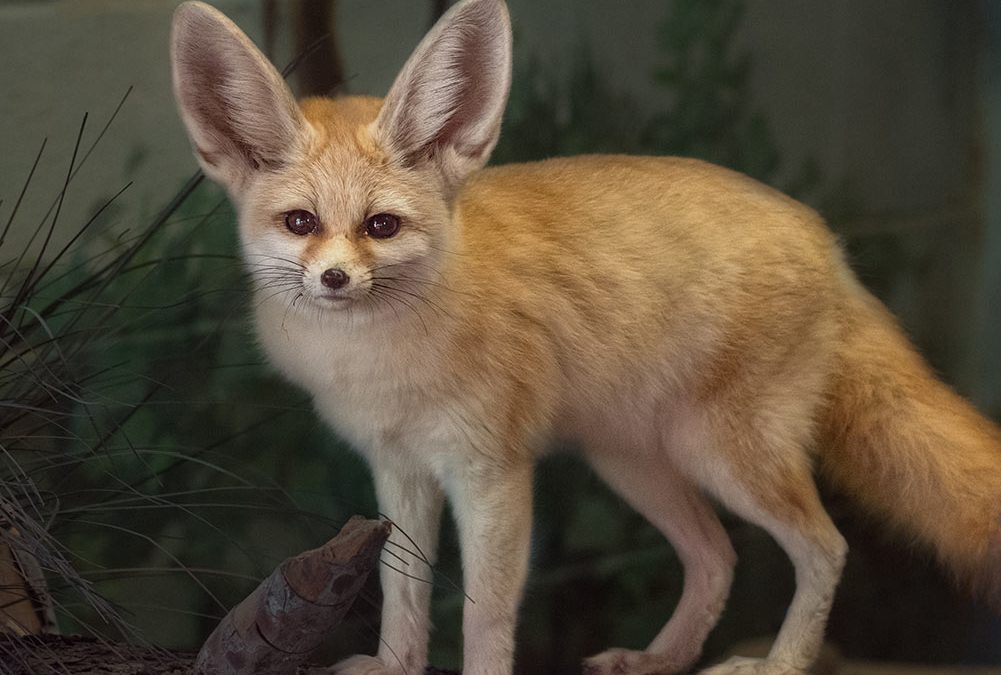
Fennec fox Radar makes his home in the Winnick Family Children’s Zoo. Photo by Jamie Pham
On June 7, a female fennec fox and two female Rüppell’s sand foxes arrived from USFWS. Earlier this year the Zoo received a male fennec from SeaWorld San Antonio and he has joined the animal ambassador team. This female, part of a confiscation, was most likely captured in the wild to be sold in the pet trade. It is legal in some states (but not California) to keep fennecs as pets. They are the only fox species with this designation. Both fennecs share a window exhibit in the Winnick Family Children’s Zoo. The sand foxes share much of the same range as fennecs and these two individuals were likely also destined for the exotic pet market. They remain off-exhibit until they are more comfortable being around people.
Zoos often exchange animals in order to pair up individuals as recommended by Species Survival Plan or to provide animals with companionship. In June a female wattled crane and a female black duiker returned to L.A. from Yullee, Florida and San Diego Zoo’s Safari Park respectively. A male red-flanked duiker arrived from the Bronx Zoo in New York and one of ours was sent to the San Diego Safari Park. A female golden lion tamarin arrived from the Santa Barbara Zoo and has joined the male in his Winnick Family Children’s Zoo exhibit.
Three scarlet ibises recently “landed” here from Busch Gardens Tampa Bay. These birds will join another group of scarlet ibis, the sunbittern, and the black-necked stilts in the mini North American waterfowl aviary across from the greater roadrunners.
The Zoo also welcomed a new female harpy eagle, from Metro Zoo Miami. She is only two years old and, for the time being, she and the male will alternate between the exhibit space and the off-exhibit living quarters.
On June 9, two female California condors arrived in need of medical treatment for lead poisoning. Fortunately, the lead levels in their blood were fairly low so they were treated quickly and returned to the wild.
Recent Zoo births include a male yellow-backed duiker and two Chacoan peccaries. All are with their parents at their respective exhibits, though they sometimes remain in the cooler areas off-exhibit during extremely hot weather.
On June 26, Animal Keeper Greg Pontoppidan, General Curator Beth Schaefer, and Curator of Reptiles and Amphibians Ian Recchio transported 500 southern mountain yellow-legged frog tadpoles that had been hatched at the L.A. Zoo to Big Rock Canyon in the San Gabriel Mountains. There, they joined with biologists from the U.S. Geological Survey, the California Department of Fish and Wildlife, and the U.S. Fish and Wildlife Service to release the tadpoles into several ponds. The collaborative endeavor went smoothly and hopes are that enough will survive into adulthood to help repopulate the habitat. On the 27th, Senior Animal Keeper Chris Rodriguez and Animal Keeper Jeromy Chenault traveled to Devil’s Canyon (also in the San Gabriels) to release 500 additional tadpoles. Recchio is looking into additional release opportunities to take place later this summer. Because the offspring of the mountain yellow-legged frog breeding group at the Zoo will be released to the wild, these amphibians are housed in a special off-exhibit space that provides them with the cool temperatures and quiet ambience they need to remain healthy. This separate accommodation also keeps them safe from any potential exposure to pathogens.
In other herpetological news, four male Texas horned lizards arrived from the San Antonio Zoo. These are close relatives of the giant horned lizards that the L.A. Zoo has had great husbandry and breeding success with for the past ten years. Though they are not classified as endangered due to their large range (a sizeable section of northern Mexico and Texas, plus parts of surrounding states), their populations have been on the decline in eastern portions of their namesake state. This group will be on view in the Arroyo Lagarto (outdoor lizard ring between the two LAIR buildings).


